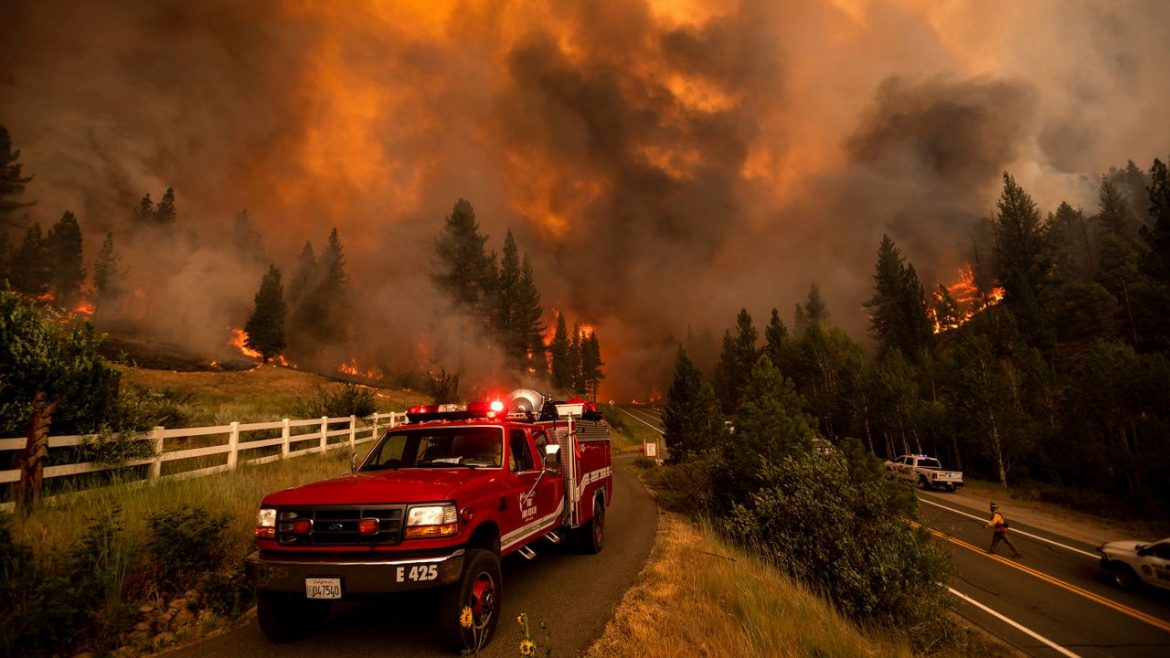A new study from the US Department of Energy has shown that the harmful impact of the behemoth blazes hitting the country’s Western States may extend much further.
Published by the department’s Pacific Northwest National Laboratory, The new study, for the first time links extreme hail, dangerous deluges, and the growing risk of flash floods in states like Colorado, Wyoming, Oklahoma and Nebraska to the growing intensity of wildfires in the west.
The research showed that as fire season in the west stretches longer, sparking threats earlier in the year, big blazes are increasingly coinciding with storm formations in other states.
Read also: V20 says rich countries must urgently help poor nations hit by climate crisis
Responding to the findings of the study, Dr Jiwen Fan, an earth scientist at the lab said that western wildfires significantly increase the intensity of severe storms over the central United States
“This is the first study where we are really showing that wildfires can have a significant impact on the downstream weather,” he was quoted as saying.
His team’s study of how the heat and airborne particles released by wildfires impact weather patterns elsewhere showed that the high levels of heat produced by fires can shift air pressure in the atmosphere, which creates strong winds that flow toward the east.
“Those gusts can deliver particles from the fires’ billowing smoke and more atmospheric moisture. Together, these conditions amplify storms already brewing in those areas” he said.
The study further found that by collecting more cooled water the hailstones grow larger and larger the more time they spend aloft. Scientists have also warned that the hardened precipitation has the potential to damage infrastructure and crops and pose dangers to people who aren’t prepared.
Fan said that when wildfires become bigger and more frequent the heat impact will be stronger, making it more likely they shift the intensity of already forming meteorological conditions.
Story was adapted from the Guardian.
